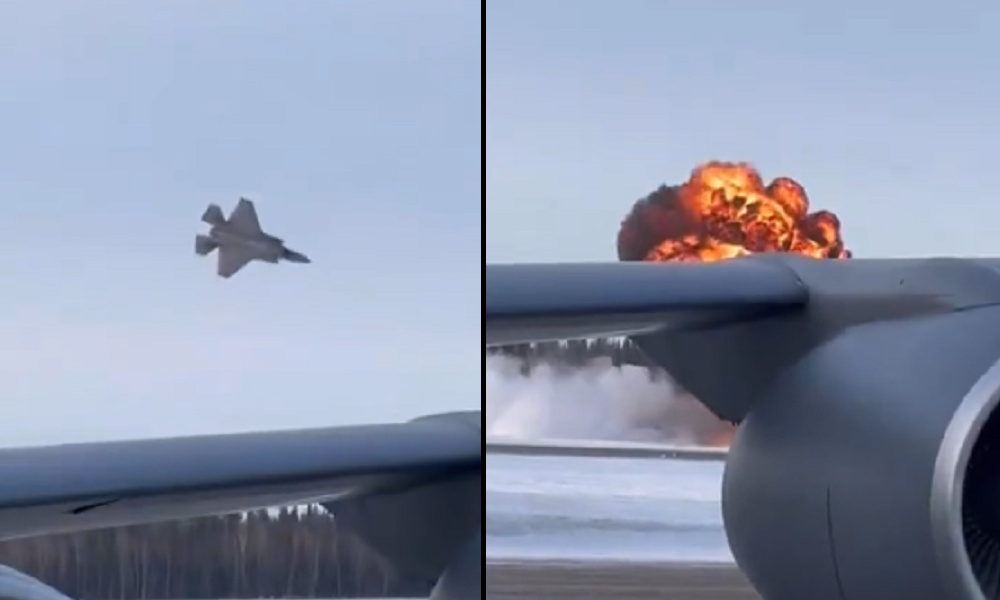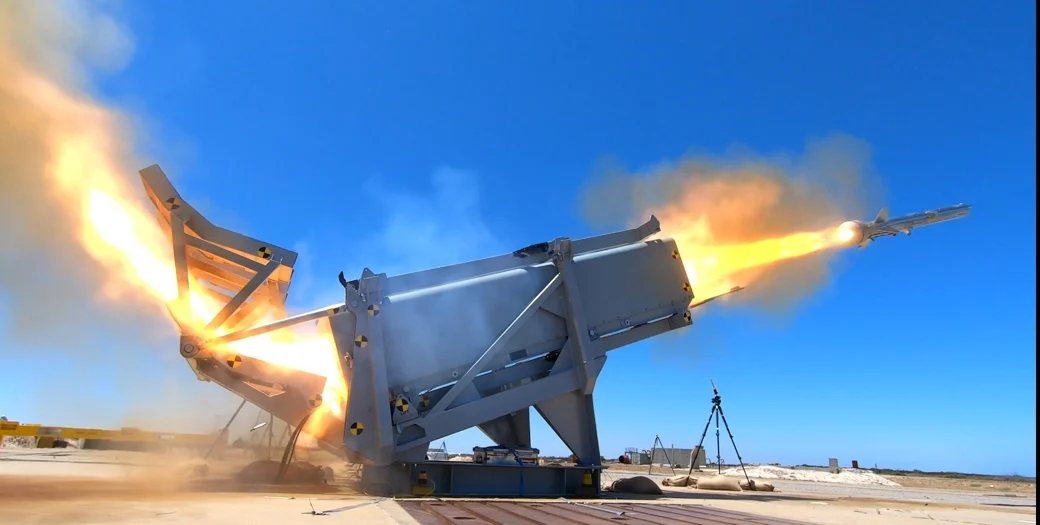In a significant development during the ongoing conflict, Ukraine successfully diverted over 100 Russian Shahed one-way attack drones last month using advanced electronic warfare tactics. This operation took place amid an unprecedented aerial assault on November 26, which saw a total of 188 Shaheds, along with four Iskander-M ballistic missiles, launched from various regions within Russia, including Voronezh, Oryol, Kursk, and Krasnodar.
Ukrainian air defenses responded effectively to this massive attack, intercepting 76 drones through conventional means such as fighter jets, helicopters, mobile air defense systems, and surface-to-air missiles. However, a remarkable 95 drones were diverted through electronic methods that involved spoofing their satellite coordinates, as revealed by a source close to Ukrainian military intelligence in a report by Le Monde. Additionally, 43 of the drones were redirected into Belarus over the course of three days from November 24 to 26.
Recent reports indicate a growing recognition of Ukraine’s electronic warfare successes, highlighting the country’s innovative strategies to diminish the impact of Russian drone capabilities. The Institute for the Study of War pointed out that Ukrainian electronic warfare systems have managed to disrupt the operations of radar-guided Shahed drones. These interventions cause the drones to change course erratically, ultimately leading them to crash after exhausting their fuel reserves. This particular technique was underscored by insights from renowned Ukrainian military analyst Petro Chernyk.
One of the key assets in Ukraine’s electronic warfare strategy is the domestically developed Pokrova EW system, which was deployed in February. This advanced system has the capability to suppress and spoof satellite navigation signals over a broad area, presenting a significant challenge to drones and cruise missiles that rely heavily on satellite guidance. For instance, the Shahed drones, which predominantly use satellite navigation, lose their ability to adjust for deviations caused by wind or other environmental factors, becoming susceptible to drifting off course. Studies suggest that such drones could deviate by as much as 5 kilometers (3 miles) from their intended target when deprived of satellite assistance over a range of 100 kilometers (62 miles).
The Pokrova system operates in a mode that enables it to manipulate the drone’s coordinates, replacing them with false information, which effectively leads the devices astray. This innovative countermeasure represents a critical development in Ukraine’s defensive strategies as it contends with the challenges posed by Russian aerial assaults. As the conflict continues to evolve, Ukraine’s electronic warfare capabilities may play an increasingly pivotal role in shaping the battlefield dynamics.


















